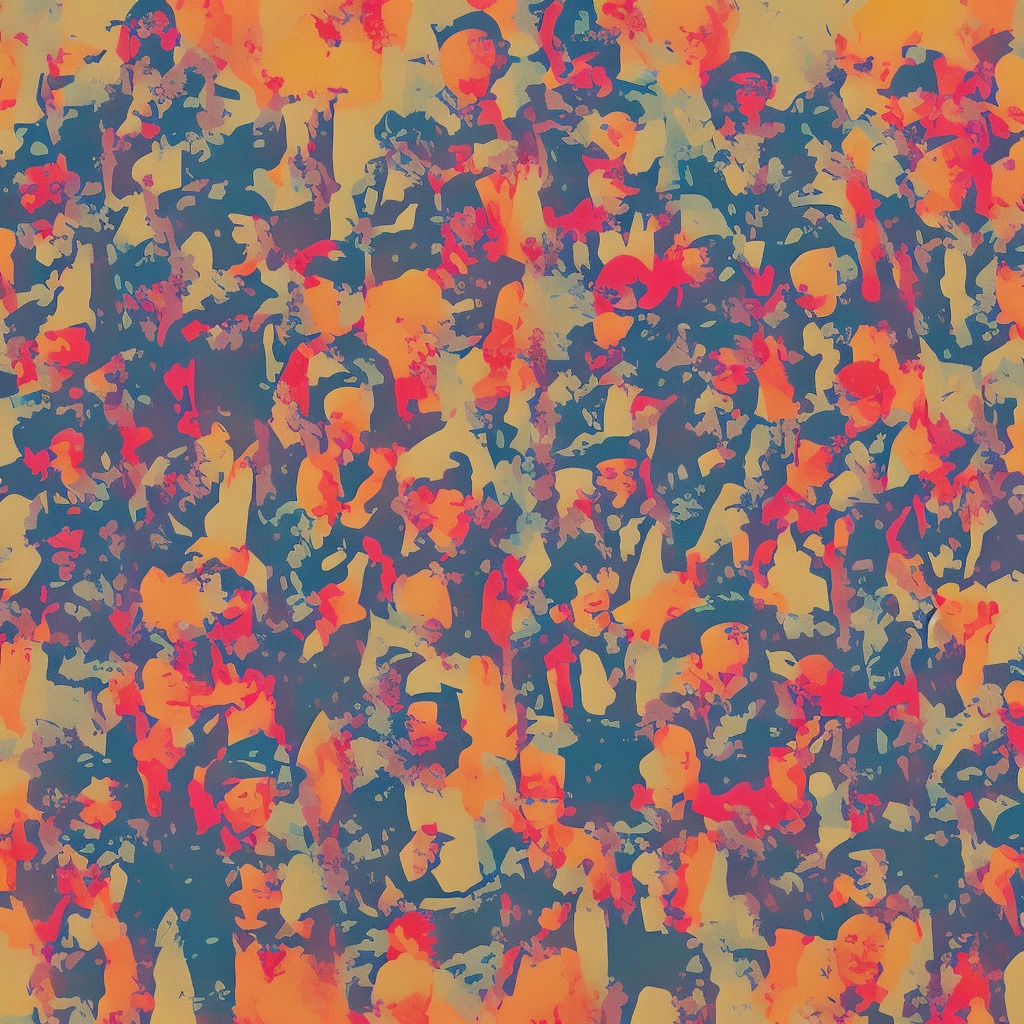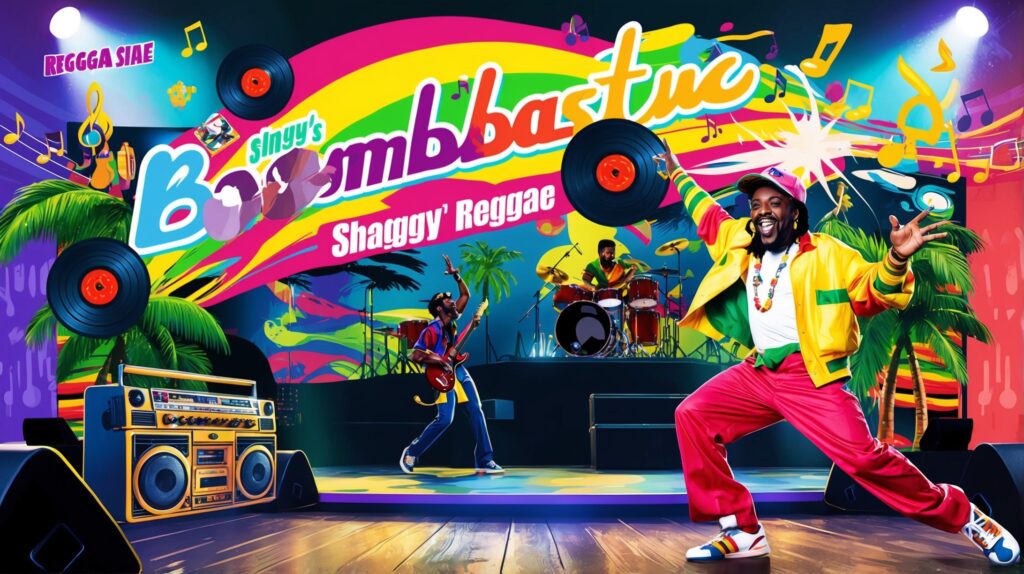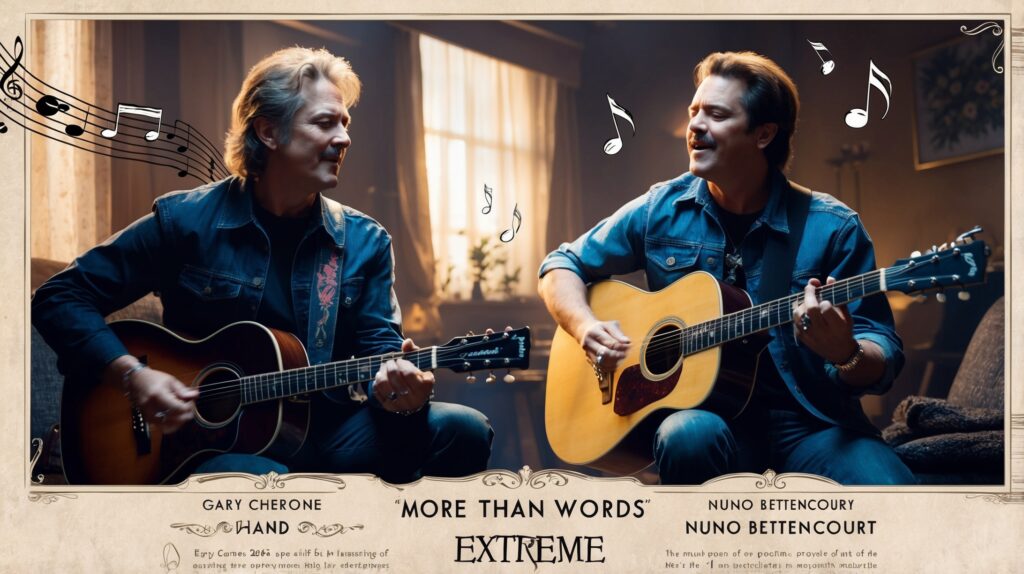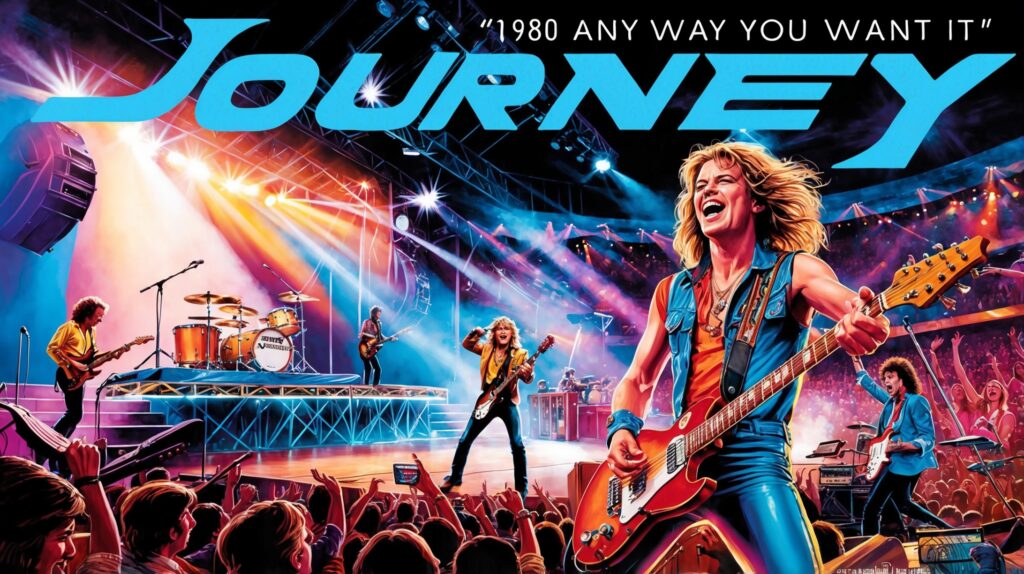🍑 “Peaches” by POTUSA transports us back to ’90s alt-rock bliss! Did you know it’s inspired by a peach tree in their backyard? 🌳 Rock on while munching on some juicy peaches! 🤘 #POTUSA #Peaches #90sNostalgia #FunFact #AltRock Read about it: tinyurl.com/4js6k7x4
Fruitful Exploration with The Presidents of the United States of America
Dive into the quirky, minimalistic world of PUSA – where playful tunes, amusing lyrics, and lightheartedness redefine ’90s alternative rock.
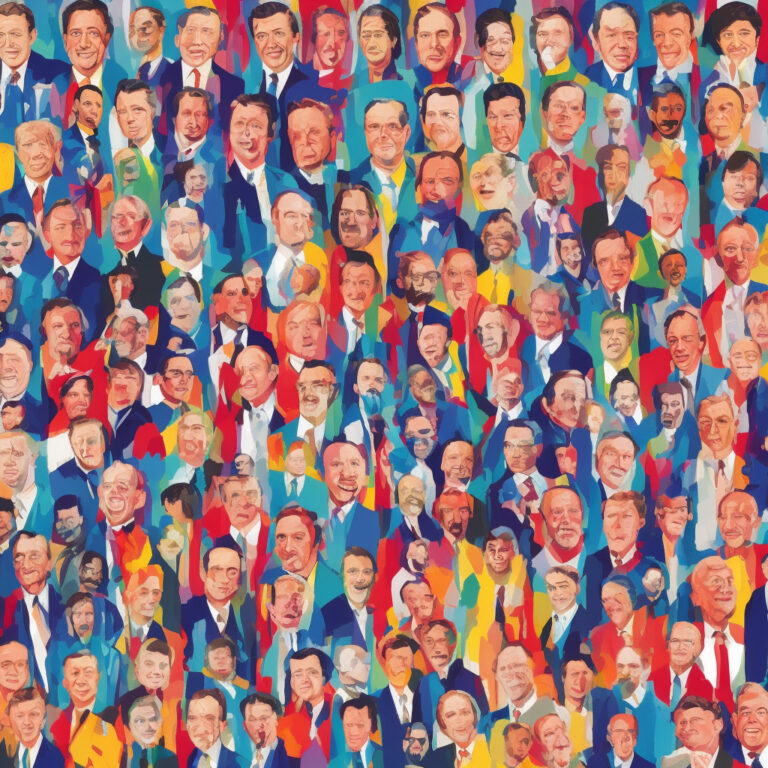
Formed in 1993, The Presidents of the United States of America, often abbreviated as PUSA, is a Seattle-based alternative rock band known for their quirky and minimalistic sound. The band members, Chris Ballew (lead vocals, bass), Dave Dederer (guitar, vocals), and Jason Finn (drums, vocals), have been steadily gaining popularity throughout the ’90s and into the 2000s.
Stepping into the spotlight with their self-titled debut album released in 1995, the band made waves with the hit track “Peaches.” The playful lyrics and catchy tunes of this unconventional love song found a comfortable spot on the US Billboard Hot 100 chart, ranking at number 29. Known for their light-hearted approach to music, the band’s fascination with humor and irony is evident in “Peaches,” which draws inspiration from Ballew’s childhood memories of climbing peach trees in his friend’s backyard.
While their eccentric style has earned them legions of fans, it has also invited criticism from some circles. The band’s simplistic compositions and nonsensical lyrics, a trademark of their style, could be off-putting to those seeking depth and complexity in their music. However, it’s important to note that their very essence is rooted in fun and lightheartedness—arguably a refreshing break from heavier themes often dominating the alternative rock scene in the ’90s.
PUSA’s success continued with their second album, “II,” released in 1996, which achieved platinum certification in the US. Over the years, the band has undergone lineup changes, with Andrew McKeag stepping in for Dederer, who left the band in 2004 to spend more time with his family. Despite the changes, the band’s signature engaging sound remains constant.
Recognized for their achievements, The Presidents of the United States of America received two Grammy nominations in 1996. They were nominated for Best Alternative Music Performance for their self-titled album, and Best Rock Performance by a Duo or Group with Vocal for “Peaches.” Although they didn’t take home the awards, the nominations solidified their place in the alternative rock landscape.
In conclusion, The Presidents of the United States of America’s unique approach to alternative rock, exemplified by their hit song “Peaches,” has earned them both acclaim and criticism. However, it’s undeniable that their distinctive sound and amusing lyrics have left a lasting impact on the music scene, contributing to the diverse and ever-evolving landscape of alternative rock.
Charting the Success of a Fruity Hit
Juicy alt-rock hit “Peaches” sweetened the charts in ’96, propelling Presidents of the United States of America to fruitful success and sparking a playful pop culture rivalry.

“Peaches” made a significant impact on the music charts following its release on February 26, 1996. As the second single from Presidents of the United States of America’s self-titled debut album, it quickly became a fan favorite and left a lasting impression in the alternative rock scene.
Upon its release, “Peaches” debuted at number 47 on the US Billboard Hot 100 chart, an impressive start for the then-emerging band. The song’s catchy melody and quirky lyrics resonated with listeners, and its popularity continued to grow. Eventually, “Peaches” climbed the charts and reached its peak position at number 29 on the Hot 100. This milestone made it the band’s second-highest-charting song in the United States, only surpassed by their debut single, “Lump.”
In addition to its success on the Hot 100, “Peaches” also dominated other charts. The song reached number 8 on the Billboard Modern Rock Tracks chart and number 13 on the Billboard Mainstream Rock Tracks chart. Outside the United States, the single managed to break into the UK Singles Chart, peaking at number 18. It was also certified gold by the Recording Industry Association of America (RIAA) on August 19, 1996, solidifying its status as a commercial success.
An interesting piece of chart trivia about “Peaches” involves its competition with another fruit-themed song at the time. Coincidentally, the 1996 summer charts featured both “Peaches” and Alanis Morissette’s “Ironic,” which had a line about “a black fly in your Chardonnay.” As both songs gained traction, they created a playful rivalry among fruit and wine enthusiasts in pop culture.
In conclusion, “Peaches” remains a notable hit for Presidents of the United States of America, achieving considerable chart success and etching itself into the memories of alternative rock fans. Its peak positions on various charts, gold certification, and friendly competition with another chart-topping song all serve as testaments to the lasting impact of this fruity classic.
Exploring the Lyrics of an Iconic Grunge Anthem
Gonna eat a lot of peaches
Movin’ to the country,
Gonna eat me a lot of peaches
Movin’ to the country,
Gonna eat a lot of peaches
Movin’ to the country,
Gonna eat a lot of peaches
Peaches come from a can,
They were put there by a man
In a factory downtown
If I had my little way,
I’d eat peaches every day
Sun-soakin’ bulges in the shade
“Peaches,” released in 1995 by alternative rock band Presidents Of The United States Of America, is a quirky, catchy tune that remains one of the most memorable songs of the ’90s grunge era. The lyrics seem simple and repetitive at first glance, but they hold a deeper meaning that pertains to the spirit of the time and events of the era.
The song’s central theme is a desire to escape the hustle and bustle of city life, finding solace in the idyllic countryside where one can enjoy the simple pleasures in life, such as eating peaches. This longing for a return to a more carefree, less complicated existence is reflective of the disillusionment many people felt during the ’90s with the rapid advancement of technology and the increasingly fast-paced nature of modern life.
The line “Peaches come from a can, they were put there by a man in a factory downtown” touches upon the industrialization of food production and consumer culture. In the ’90s, there was a growing awareness of the adverse effects of mass-produced, processed foods on people’s health and the environment. The lyrics express a yearning for a more natural, wholesome way of life, where food is sourced locally and enjoyed without guilt or concern.
While the song’s lyrics may not delve too deeply into political or social commentary, they serve as a snapshot of an era marked by a desire to escape the anxieties and pressures of contemporary society. “Peaches” remains a beloved anthem for those who appreciate the simple things in life and continue to seek refuge from the complications of the modern world.
A Visual Trip through the “Peaches” Music Video
Dive into the peach-filled wonderland of the iconic ’90s alternative rock anthem, “Peaches,” as we explore Roman Coppola’s surreal visual trip and its enduring impact on music lovers!
The iconic music video for “Peaches” by the Presidents Of The United States Of America, released in 1996, remains as quirky and unique as the song itself. Directed by the creative Roman Coppola, son of the legendary Francis Ford Coppola, the video perfectly encapsulates the idiosyncratic sound that the band is known for.
The video’s production is quite innovative, considering the modest budget it had to work with. One of the most memorable aspects of the “Peaches” music video is its use of a continuous camera shot. This one-shot approach makes viewers feel as though they are on a seamless journey through the band’s peach-filled wonderland. The video starts with the band members inside a giant peach, then transitions to them performing outdoors, where they are surrounded by peach trees and an onslaught of peach projectiles being launched at them.
Roman Coppola’s artistic vision for the video is not only playful but also pays homage to surrealist art. With the band members appearing to levitate on a peach tree branch and the landscape constantly shifting, it’s hard not to be reminded of Salvador Dalí’s paintings. This surrealistic atmosphere adds an intriguing layer to an already catchy tune.
In addition to the official music video, the song “Peaches” has been the subject of many fan videos and YouTube tributes over the years. These videos range from animated parodies to heartfelt covers of the song on various instruments. This enduring online presence speaks to the song’s lasting impact and popularity among music lovers of all ages.
Overall, the “Peaches” music video remains a staple of the ’90s alternative rock scene, with Roman Coppola’s creative direction resulting in a memorable visual experience that continues to delight audiences today.
The Man Behind the Catchy Tunes: Chris Ballew
When it comes to the irresistibly catchy “Peaches,” one can’t help but give credit to the mastermind behind it all: Chris Ballew. As the lead vocalist, bassist, and primary songwriter for the Presidents of the United States of America, Ballew has penned numerous tunes that have become synonymous with the band’s energetic and quirky sound. Another notable composition by Ballew is “Lump,” which quickly rose up the charts and became a fan favorite. Known for his innovative use of two-string bass guitars and the incorporation of unique melodies, Ballew’s songwriting prowess has propelled the Presidents of the United States of America into the limelight, cementing their legacy in the realm of alternative rock.
Awards, Accolades, Appearances, and Covers
Savoring the Legacy: “Peaches” withstands the test of time, garnishing awards and accolades, permeating pop culture, and inspiring eclectic covers since its 1995 debut.
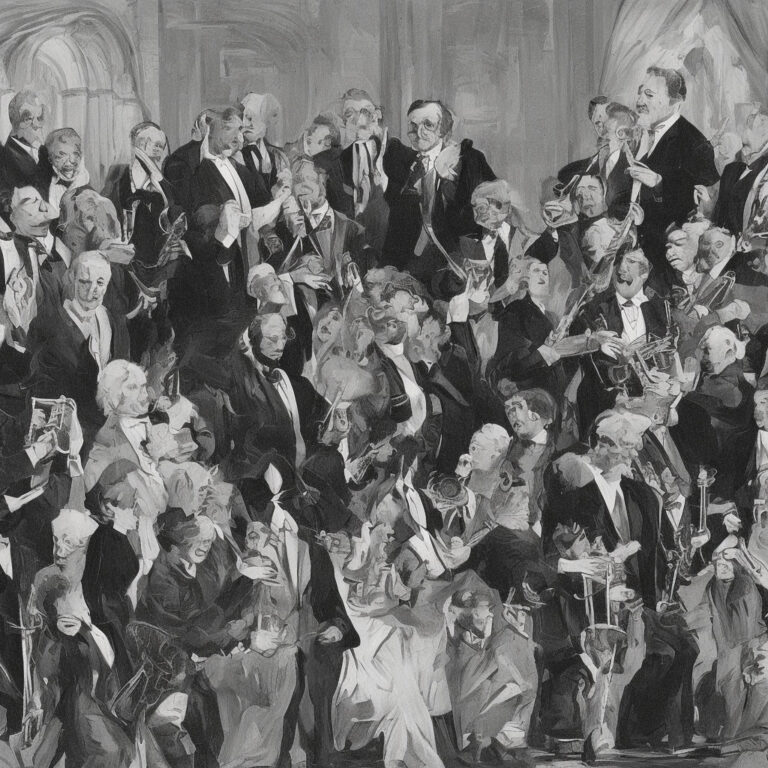
“Peaches” by Presidents Of The United States Of America has received numerous awards and accolades throughout the years since its release in 1995. The song, which was a massive hit upon its release, went on to garner two Grammy Award nominations in 1997, one for Best Pop Performance by a Duo or Group with Vocals and the other for Best Alternative Music Performance.
The infectious tune has been featured in various forms of media, such as movies, TV shows, and video games. Notably, “Peaches” was included in the soundtrack of the 1996 film “Fear,” starring Mark Wahlberg and Reese Witherspoon. In addition, the song made an appearance in an episode of the hit TV show “The Simpsons” and found its way into the video game world as part of the soundtrack for “Rock Band 2.”
The popularity of “Peaches” has also prompted numerous cover versions, showcasing the song’s versatility and wide-ranging appeal. Some noteworthy covers include a rendition by the punk band Nerf Herder, who released their version as part of the 1998 compilation album “Before You Were Punk 2.” Another notable cover came from the surf rock band Man or Astro-man?, who featured their rendition of “Peaches” on the 1998 tribute album “Presidents of the United States of America: Ten Year Super Bonus Special.”
Over the years, “Peaches” has continued to attract fans and maintain its status as a beloved 90s alternative rock anthem. Its catchy melodies and lighthearted lyrics have made it a timeless classic, ensuring that it will continue to be enjoyed by generations to come.
A Deeper Dive into the Musical Anatomy
In terms of its musical structure, “Peaches” is a fascinating piece that showcases the band’s ability to create catchy and memorable tunes. The song is written in the key of E major and revolves around a simple but effective chord progression. The main chords used in the song are the E major, A major, and B major chords, which are the primary chords in the key. This progression is a classic example of a I-IV-V progression, which is a common chord structure in many popular songs across various genres.
The tempo of “Peaches” is moderately fast, clocking in at around 120 beats per minute (BPM). This lively tempo contributes to the song’s energetic and upbeat feel, making it a perfect fit for the alt-rock scene of the ’90s. The drum pattern used throughout the track is a straightforward rock beat, with the kick drum providing a strong pulse on the downbeats and the snare drum accenting the backbeats. The hi-hat plays a steady stream of eighth notes, which helps to drive the rhythm forward and keep the listener engaged.
One of the standout features of “Peaches” is its distinctive guitar riff. The riff is played using a combination of palm-muted power chords and single-note melodies, giving it a somewhat surf-rock vibe. The guitar part is characterized by a clean and slightly overdriven tone that complements the rest of the arrangement well. Additionally, the use of a slide in the guitar part adds a unique touch that sets the song apart from other rock tunes of the era.
The bassline in “Peaches” is relatively simple, primarily focusing on outlining the root notes of the chords being played on the guitar. However, the bass part does occasionally incorporate some melodic embellishments that provide extra depth and interest to the overall sound. These embellishments often involve the use of chromatic passing tones, which help to create smooth transitions between the main chords in the progression.
The vocal melody is catchy and easy to sing along to, which is one of the reasons why the song has remained popular over the years. The lead vocalist employs a laid-back delivery that perfectly complements the song’s relaxed, feel-good vibe. The harmonies and backing vocals also add a touch of richness to the mix, giving the song an even more engaging and immersive quality.
In conclusion, the musical structure of “Peaches” is a prime example of how a relatively simple chord progression, combined with memorable riffs and catchy melodies, can result in a timeless and beloved song that continues to resonate with listeners over two decades after its initial release.

